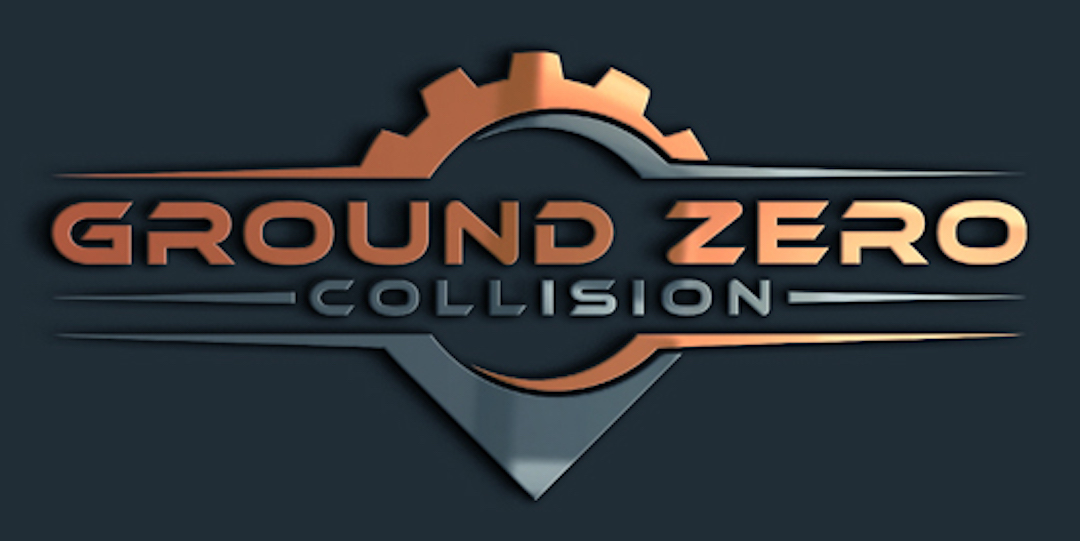When you’re involved in a collision, one of the most critical safety systems in your vehicle is the airbag. Airbags are designed to deploy during moderate to severe crashes, cushioning the impact and potentially saving lives. However, once an airbag has deployed, it cannot simply be reset—it must be replaced. Unfortunately, the cost of airbag replacement is significant, and many drivers find themselves navigating complex conversations with insurance companies about covering the expense. Here’s what you need to know about airbag replacement and how to advocate for proper coverage.
Why Airbag Replacement is Non-Negotiable
Airbags are part of your vehicle’s Supplemental Restraint System (SRS), which works in tandem with seat belts to provide maximum protection during a collision. When an airbag deploys, the system incurs irreversible damage, including the airbag itself, sensors, and sometimes the dashboard or steering wheel. Driving a vehicle without replacing deployed airbags puts you and your passengers at serious risk in the event of another collision.
According to vehicle manufacturers, airbags must be replaced following deployment to ensure the vehicle’s safety features function as designed. Additionally, federal regulations require that vehicles on the road maintain working safety systems. If you don’t replace the airbag, not only do you compromise safety, but you may also fail to meet legal requirements, potentially voiding your vehicle insurance policy.
The Cost of Airbag Replacement
Replacing airbags is a costly process. Depending on the vehicle make and model, replacing a single airbag can cost between $1,000 and $5,000. The cost rises if multiple airbags deploy or if related components, such as the control module or sensors, require replacement. Because of the high expense, many vehicle owners turn to their insurance companies for help.
However, some insurance companies may attempt to minimize their payout by pressuring you to use non-original equipment manufacturer (OEM) parts or by proposing incomplete repairs. This is where understanding your rights becomes crucial.
Insurance Coverage for Airbag Replacement
Most auto insurance policies with comprehensive or collision coverage should cover the cost of airbag replacement after an accident. However, insurers may push for cheaper alternatives, such as aftermarket or salvaged parts, to reduce costs. While aftermarket parts may be less expensive, they often do not meet the same safety standards as OEM parts specified by your vehicle’s manufacturer.
To ensure your vehicle is repaired correctly, insist on OEM parts for airbag replacement. OEM parts are specifically designed for your vehicle’s make and model, ensuring proper fit, function, and safety. Additionally, insist that repairs follow the manufacturer’s recommended procedures, which are often more stringent than generic repair guidelines.
If your insurance policy includes an OEM parts rider, you’re in a stronger position to demand repairs with original parts. If you don’t have this rider, consider adding it to your policy to protect yourself in future collisions.
Advocating for Full Coverage
If your insurance company denies or limits coverage for airbag replacement, you have options:
- Understand Your Policy – Review your policy to confirm whether airbag replacement is covered under your collision or comprehensive plan.
- Get a Detailed Estimate – Request a detailed, written estimate from a trusted collision repair shop that includes OEM parts and proper repair procedures.
- Request Documentation – Ask your collision center to provide documentation showing that OEM parts and manufacturer-recommended procedures are necessary for the repair.
- Challenge the Insurance Company – If your insurer still refuses, you can escalate the claim by requesting to speak with a supervisor, filing a complaint with your state’s insurance regulator, or even consulting an attorney if necessary.
Conclusion
Airbag replacement after a collision isn’t just a repair—it’s a matter of safety and compliance. Ensuring that your vehicle’s safety systems are fully restored using proper parts and procedures is essential for your protection. Don’t settle for incomplete or substandard repairs. Work with a reputable collision repair shop that understands the importance of OEM parts, and don’t be afraid to challenge your insurance company if they resist covering the full cost of repair. After all, your safety is worth it.

